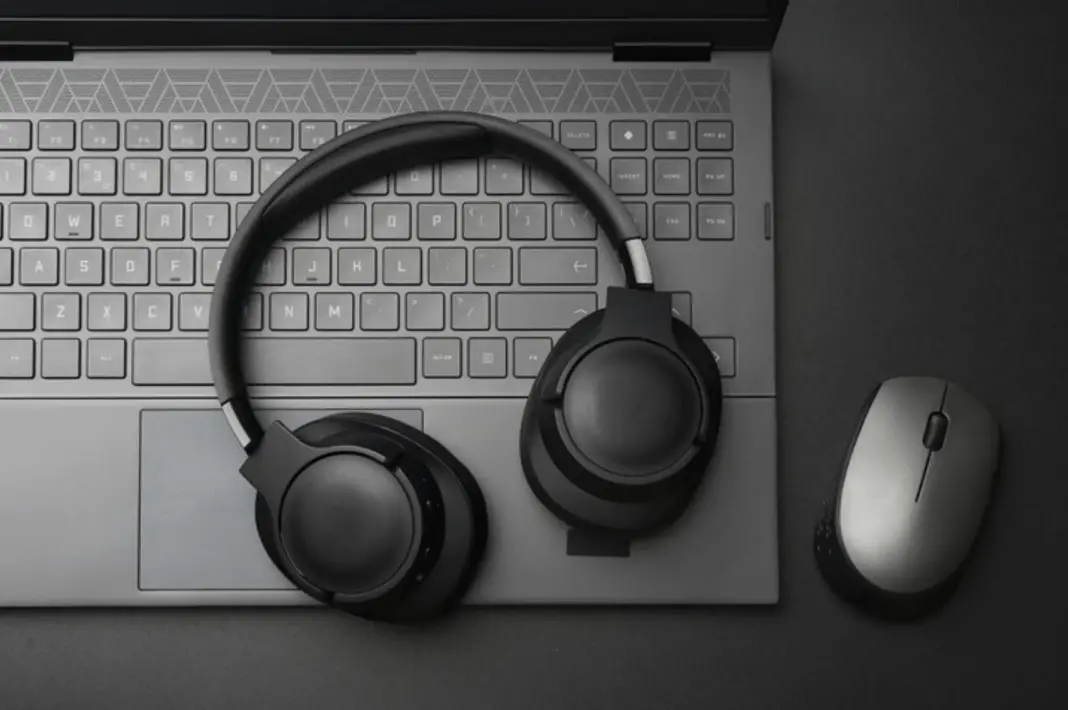With the rise of streaming services for music, podcasts, movies, and more, ensuring high-quality audio has become paramount for a satisfying entertainment experience. While most streaming platforms offer decent audio quality by default, there are several steps you can take to elevate your listening experience even further. Whether you’re an audiophile seeking pristine sound or simply looking to enhance your enjoyment of your favorite content, here are some tips to help you improve the quality of audio in your streaming apps.
1. Choose High-Quality Streaming Services:
Opt for streaming services that prioritize audio quality. Look for platforms that offer high-definition or lossless audio streaming options. Services like Tidal, Deezer, and Amazon Music HD provide higher fidelity audio streams compared to standard streaming platforms, allowing you to enjoy your favorite tracks with greater clarity and depth.
2. Upgrade Your Internet Connection:
A stable and high-speed internet connection is essential for streaming high-quality audio without interruptions or buffering. If you’re experiencing issues with audio quality, consider upgrading your internet plan or investing in a reliable router to ensure smooth streaming performance.
3. Adjust Streaming Settings:
Many streaming apps offer settings that allow you to customize the audio quality to suit your preferences and bandwidth capabilities. Explore the settings menu of your streaming app to adjust audio quality settings such as bitrate, streaming resolution, and sound enhancements. Opting for higher bitrate or quality settings can significantly improve the audio fidelity, albeit at the cost of increased data usage.
4. Invest in Quality Audio Equipment:
The quality of your audio playback devices can have a significant impact on your overall listening experience. Consider investing in high-quality headphones, speakers, or sound systems that are capable of reproducing a wide range of frequencies with accuracy. Look for devices with features such as high-resolution audio support, noise cancellation, and audio enhancement technologies to elevate your listening experience.
5. Use External Digital-to-Analog Converters (DACs):
External DACs can enhance the audio quality of your streaming experience by converting digital audio signals into analog signals with greater precision and fidelity. By bypassing the built-in DACs of your devices, external DACs can deliver clearer, more detailed sound, especially when paired with high-quality headphones or speakers.
6. Optimize Audio Settings on Your Device:
Adjusting audio settings on your device can also make a noticeable difference in audio quality. Experiment with equalizer settings to fine-tune the sound according to your preferences and the type of content you’re listening to. Additionally, disabling unnecessary audio processing effects or enhancements can help preserve the integrity of the original audio signal.
7. Consider Room Acoustics:
If you’re listening to audio through speakers, take into account the acoustics of the room. Factors such as room size, shape, and furnishings can affect sound quality. Experiment with speaker placement and consider using acoustic treatments such as rugs, curtains, or sound-absorbing panels to minimize reflections and improve sound clarity.




